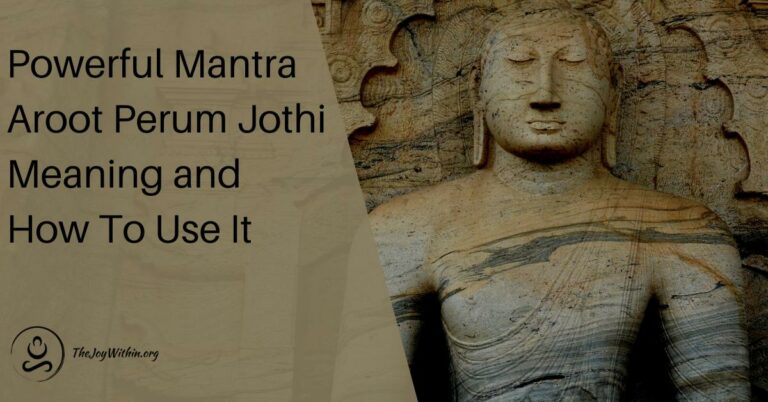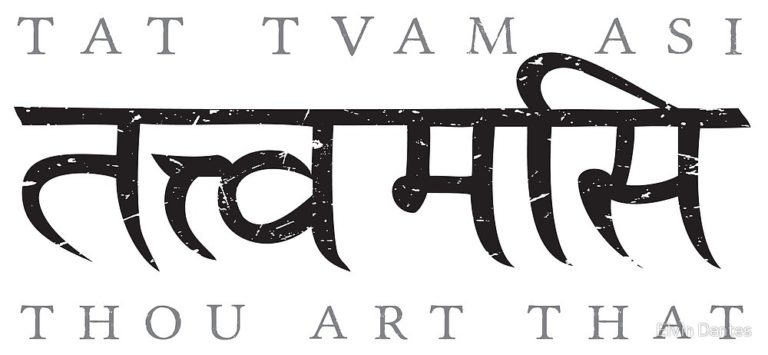Sampriya Hum is a powerful and sacred Sanskrit mantra. Sanskrit has been mainly used as a philosophical language within the religions of Buddhism, Hinduism, and Jainism. It is known as the mother of all languages and is one of the oldest languages in the world.
What Does It Mean?
Sampriya Hum anchors the meta-consciousness of unconditional and all-forgiving loving kindness into your individual self. This mantra opens the heart chakra or Anahata in Sanskrit.
The love this mantra brings in is spiritual love, meaning love that transcends our human comprehension. Through this mantra, you are raising your vibration in order to encompass this type of love and you are expanding your consciousness in order to transmit this pure love.
The Law of Pure Potentiality
When using this mantra you are practicing the law of pure potentiality, as stated within Deepak Chopras 21 day meditation challenge, where he guides you through a meditation lesson each day.
The law of pure potentiality states that our natural way of being is in the realm of pure awareness and within here is unlimited potential.
This law reminds us of the way energy is unbound before it begins to manifests and that although we are perceiving a tangible world there are limitless possibilities.
We are the creators of our world and when we slow down we can begin to notice the subtle layers of our beingness. Then we can begin to notice the pure potential that is resting in our hands.

How To Use Sampriya Hum Mantra
Chanting a mantra is a powerful way to embody and align yourself to its meaning. A mantra is a sacred sounds or words that hold a specific intention.
It is often repeated in a meditative space in order to align with its message. To begin chanting this mantra, find a comfortable and quiet space where you can be undisturbed.
You can set the mood by lighting candles, finding a nice space outside, or cleaning the area you plan to meditate in. The environment you meditate in can have a direct impact on your ability to focus.
• Bring your awareness to your breath and take note of the state it is in without trying to change it
• Scan your body with your mind’s eye and focus on where your body makes contact with the earth
• Spend at least five minutes arriving into a more calm and centered mental space before beginning chanting
• You can use mala beads to assist you in chanting, chant in your head upon each exhale, or verbally chant aloud
• Repeat the chant for at least ten minutes to reap all the benefits of the meditation
• You can set a timer so that you know when to bring your focus back and so that you do not lose your mental focus wondering how long it has been
• Bring your focus back to your breathe and take notice of the state of your mental body once it has returned to silence
• Feel your body connecting with the ground once again and when you are ready, open your eyes
If your mind wanders off during meditation try these tips to gently bring it back. It is called a meditation practice because it is not meant to be perfect and every day you will be in a different mental state.
Further Reading
To continue learning about mantras click one of the options below to dive deeper into their meaning.




